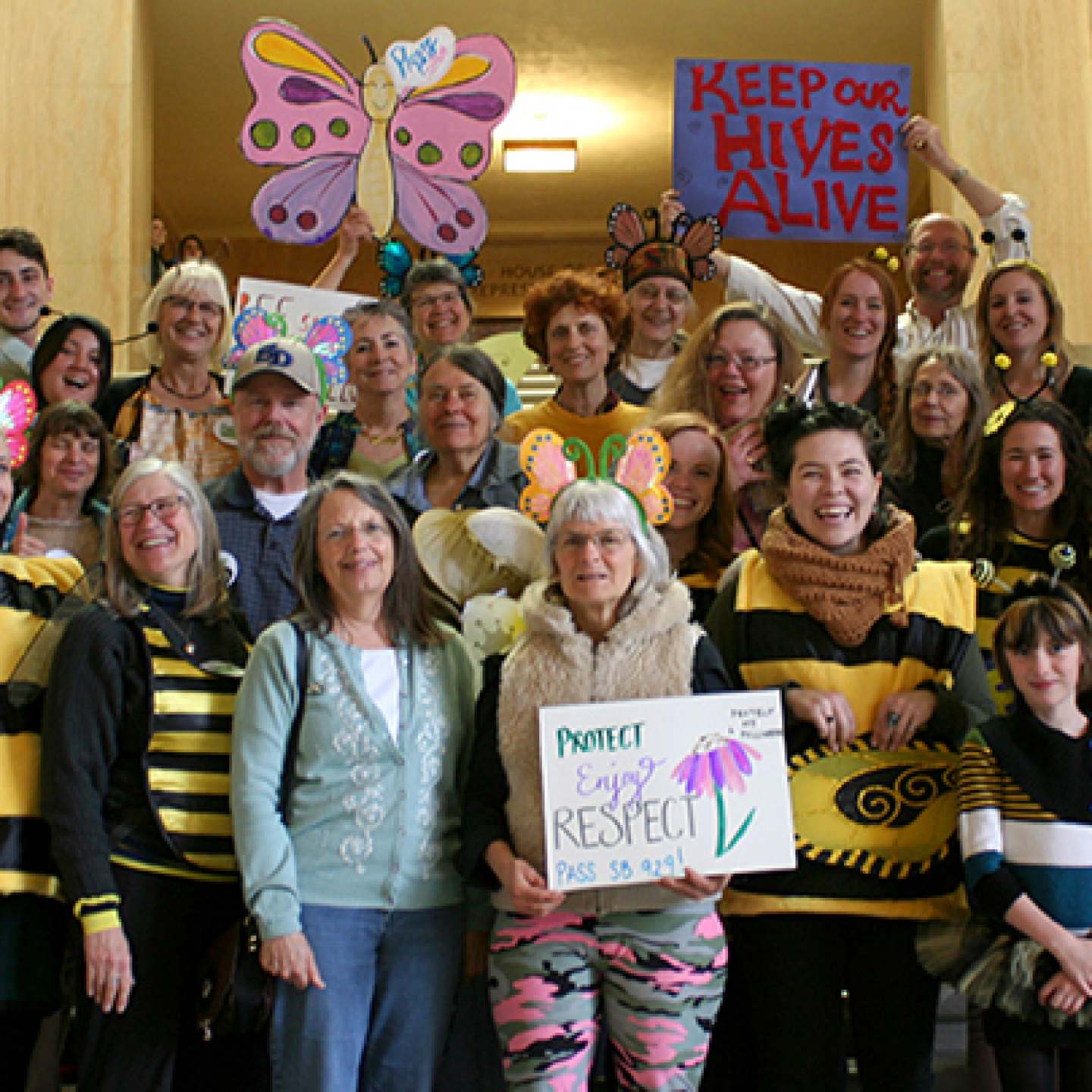More than 1 billion pounds of poisonous pesticides are applied on farms annually in the United States, resulting in as…
Oregon Farm Workers Are Fighting for Their Lives
I remember, and you might too, feeling virtuous when my family took part in the California grape boycott in the…
State Forest Agency Suppresses Its Own Aerial Spray Info
Did you know our own Oregon (ODF) is clear-cutting and chemically poisoning public state forest lands, using the same extractive…
Get on down for da’ bees!
Getting down for bees with jazz music, wine and food has everything to do with being a bee protector! We…
Farm Worker Rights in the Age of Trump
Oregon has over 300 registered farm worker housing camps and another 200 unregistered camps. Most of these camps are located…
Why You And I Are Thrilled to Protect Oregon’s People, Pollinators and Places – Again!
I’m writing this from the bedside of my childhood friend who grew up on the same street as I. Ten…
Senator Michael Dembrow champions the health of rural Oregonians
Senator Michael Dembrow first championed the rights of rural Oregonians in the matter of aerial herbicide spray exposures in 2014. As…
Oregon Forestry Agency Suppresses Science
It is all of our duty to hold our elected leaders accountable for actions that put the health of our…
Frontline Communities Need Air Data
All communities need their voices heard and their rightful place in the decisions to strengthen Oregon’s air quality laws. In…








